The following weekend and day trips will be offered throughout the fall 2016 term.
Weekend Trips:
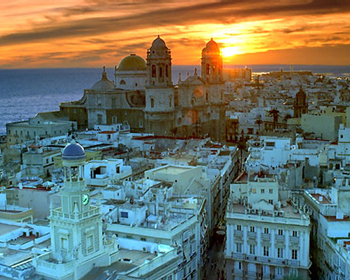 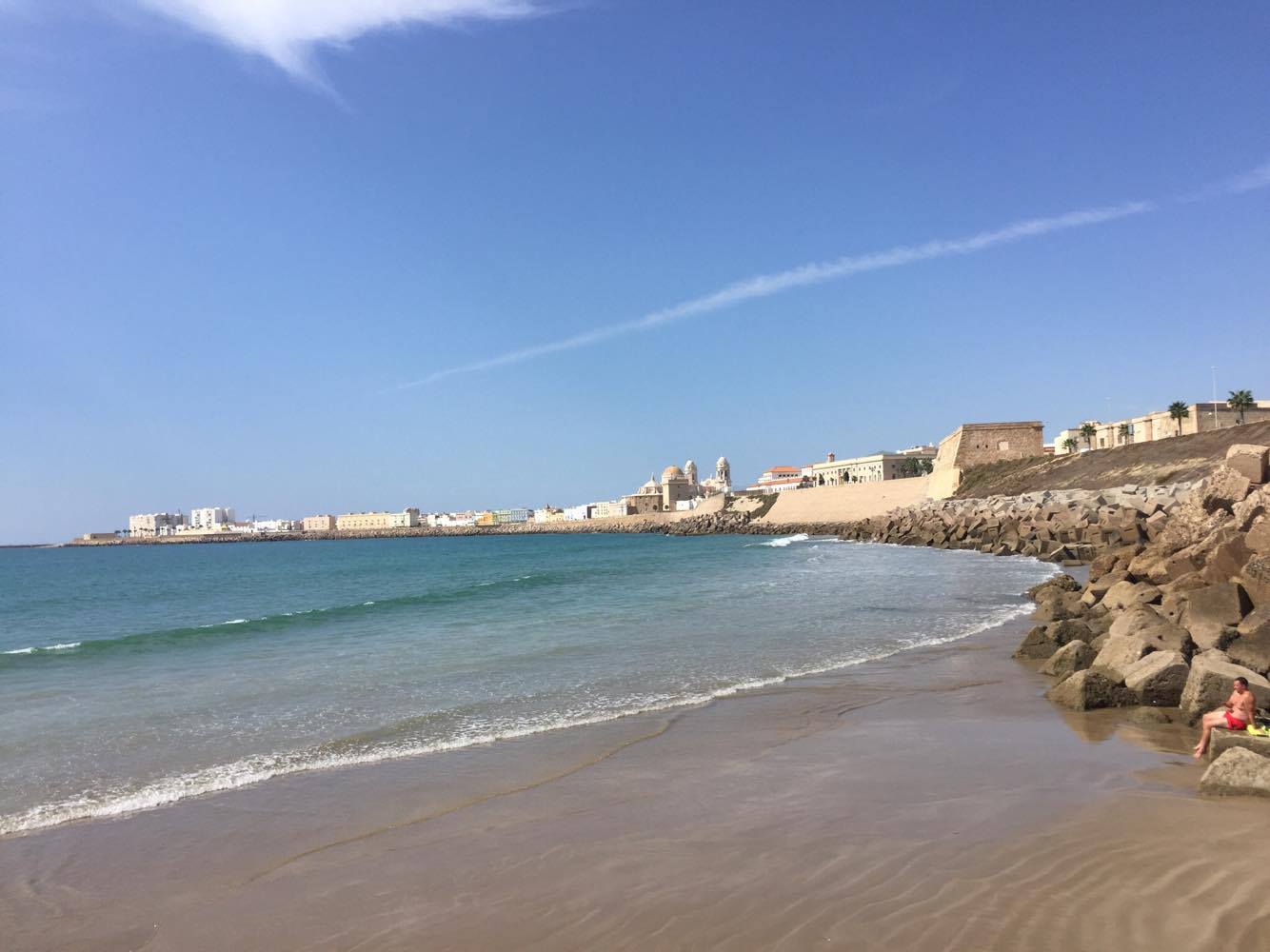 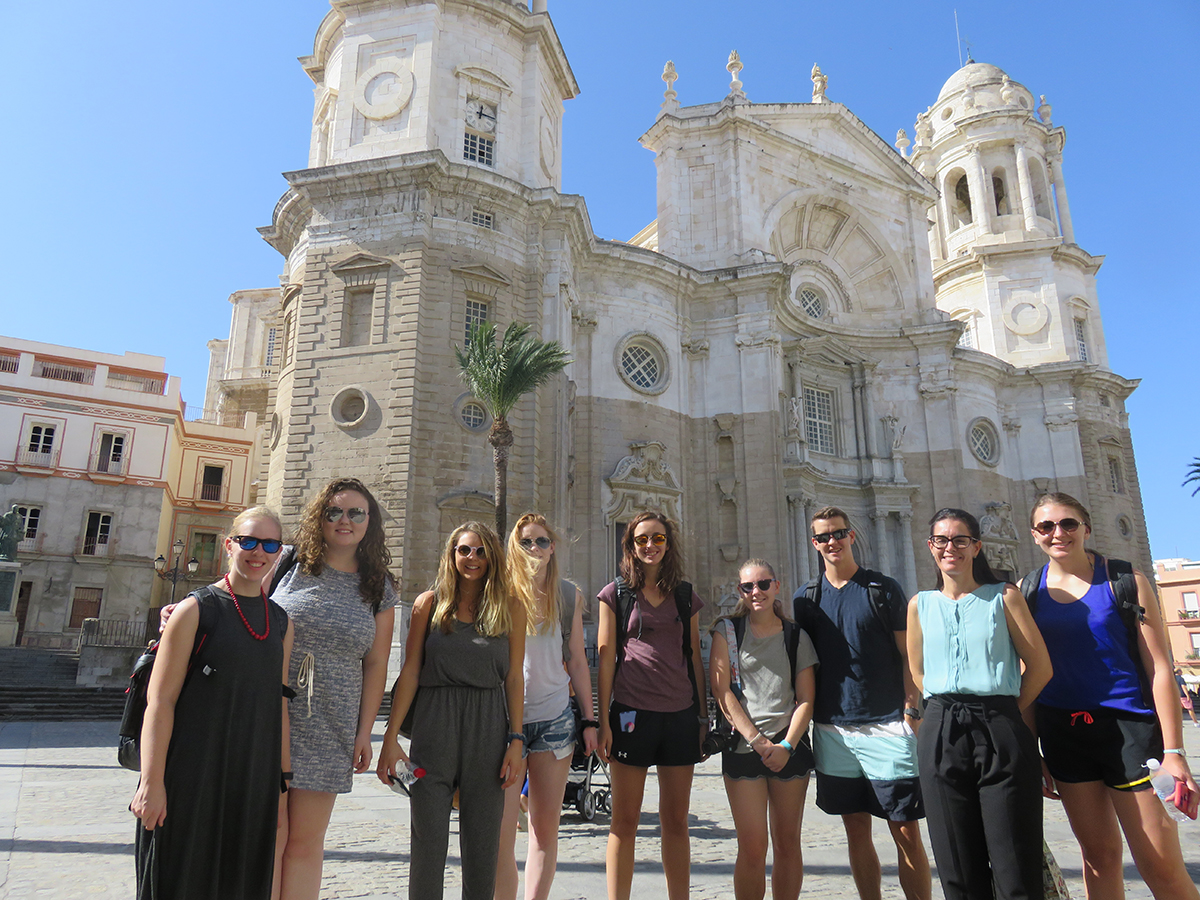 |
Cádiz is the oldest continuously-inhabited city in Spain and one of the oldest in southwestern Europe. The “Tacita de Plata” was founded in 1100 B.C. by the Phoenicians, a seafaring people who turned Gadir into an important trading colony where the Carthaginians, the Romans, the Visigoths and the Muslims would all subsequently settle. An open, cosmopolitan city, it sport was chosen by Columbus as the point of departure for his second voyage to the New World. The city would then become, after the decline of Seville, the port to The Indies, drawing the flow of trade with the American Continent. This frantic commercial activity then brought about an era of economic, cultural splendour, when Baroque palaces with their characteristic towers offering amazing views were built. Havana is Cadiz! A stroll along the Cadiz sea front, from La Caleta to the Campo del Sur, will remind the visitor of the image of the avenue the Malecón in Havana, as there are many similarities between Cadiz and Latin American cities, thanks to the constant flow of people travelling between Cadiz and the New World. The cathedral in Cadiz is a good example of this influence, as are several of the manor houses and the towers with their views which grew up in the midst of old Cadiz’s cityscape during the expansion into America. |

In Morocco, we visit the cities of Tangier, Asilah, and Chefchaouen.
Tangier is a city in northern Morocco. It lies on the North African coast at the western entrance to the Strait of Gibraltar where the Mediterranean meets the Atlantic Ocean of Cape Spartel.
Asilah is a fortified town on the northwest tip of the Atlantic coast of Morocco. Its ramparts and gateworks remain fully intact. Its history dates back to 1500 B.C., when the Phoenicians used it as a base for trade. This town has been occupied since than by the Portuguese (1471), the Spaniards (1912), and now the Morrocans.
Chefchaouen is a city in northwest Morocco. It is the chief twon of the province of the same name, and is noted for its buildings in shades of blue. The city was founded in 1471, as a small fortress which still exists to this day, by Moorish exiles from Spain to fight the Portuguese invasions of northern Morocco. In 1920, the Spanish seized Chefchaouen. Spain returned the city after the independence of Morocco in 1956
Granada is situated in the eastern part of the region of Andalusia. Its unique history has bestowed it with an artistic grandeur embracing Moorish palaces and Christian Renaissance treasures. As the last Moorish capital on the Iberian Peninsula, it also holds great symbolic value.
The Alhambra, a Moorish citadel and palace, is in Granada. It is the most renowned building of the Andalusian Islamic historical legacy with its many cultural attractions that make Granada a popular destination among the touristic cities of Spain.
The Almohad influence on architecture is preserved in the area of the city called the Albaicin with its fine examples of Moorish and Morisco construction.
Granada is also well known for the Sierra Nevada Mountains where you can ski. This is Europe’s most southerly ski resort and it is small in comparison to other European resorts.
Day Trips:
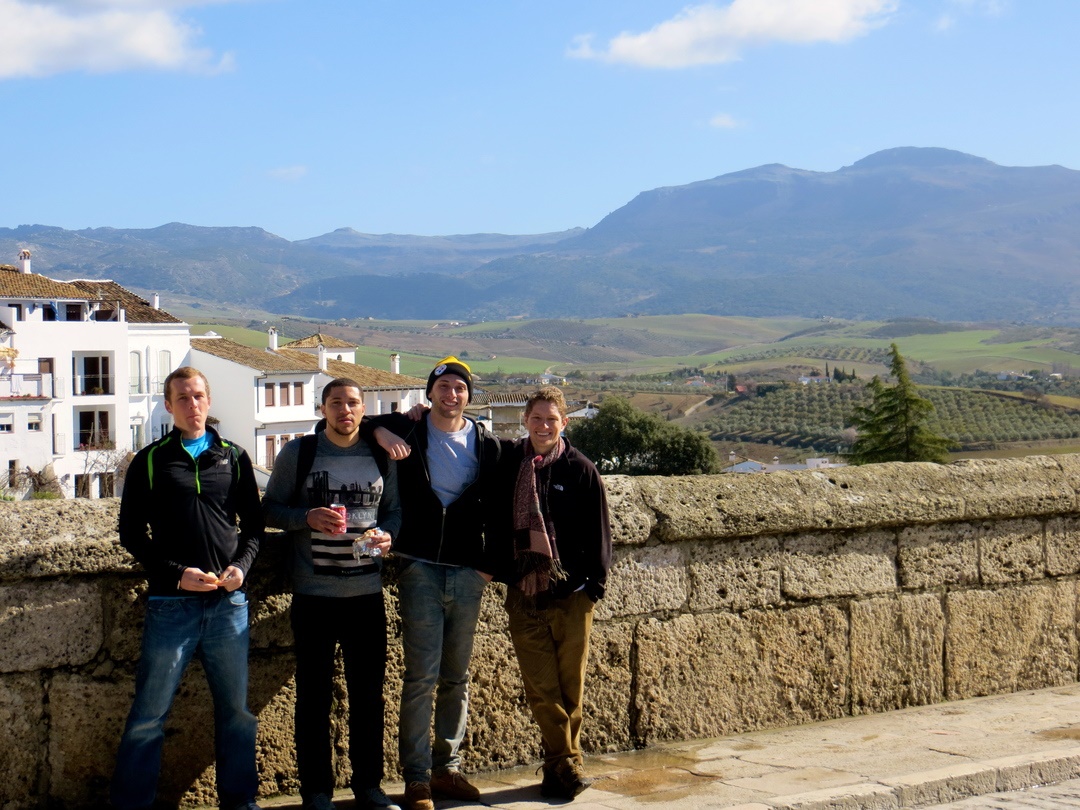 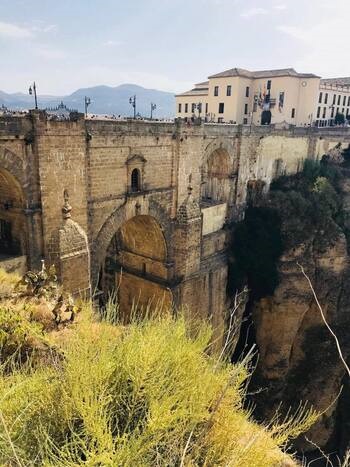 |
|
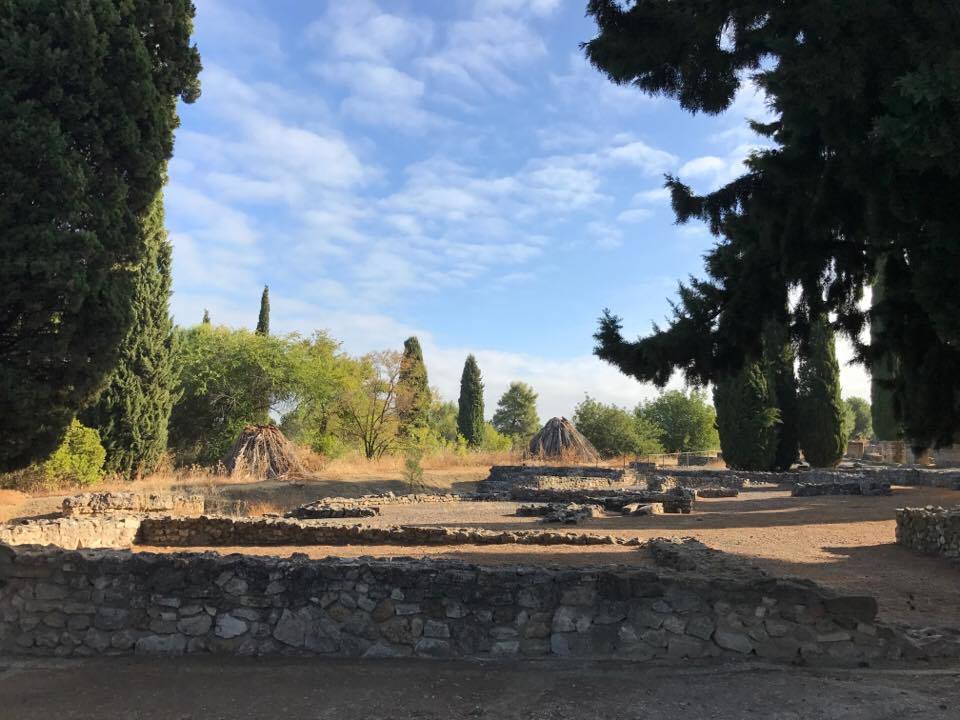  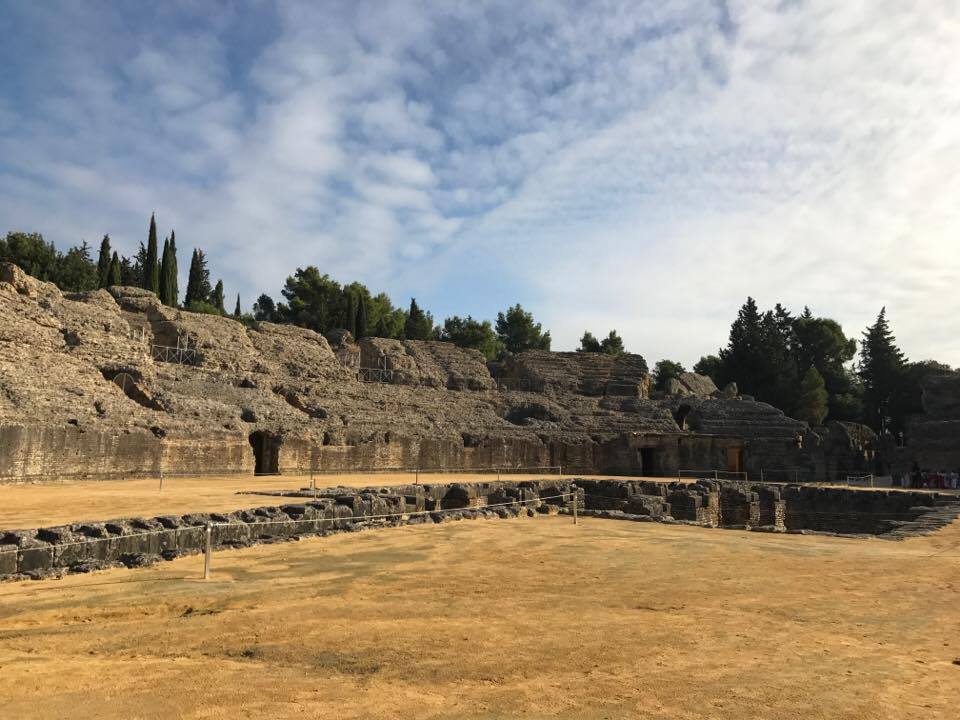 |
Founded by General Publius Cornelius Scipio (he was later known as Scipio Africanus) in 206 BC next to a Turdentian settlement, 7 kilometers from Seville, It demonstrates wonderful examples of Roman architecture, mosaic work and city layouts. Italica was one of the first Roman towns in Spain. |
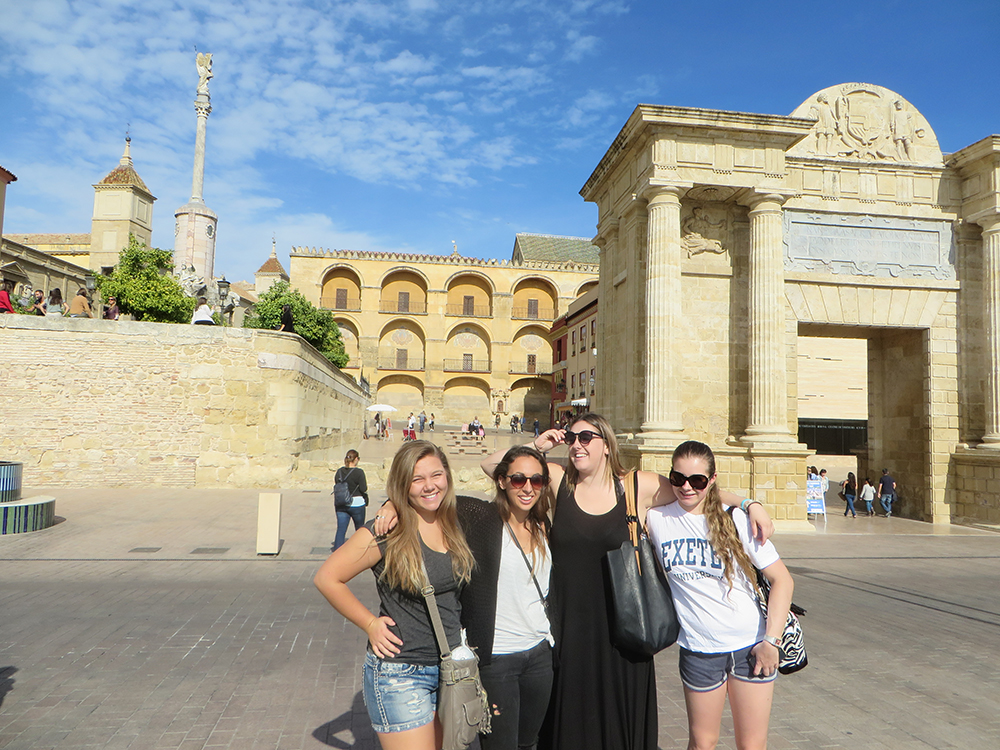 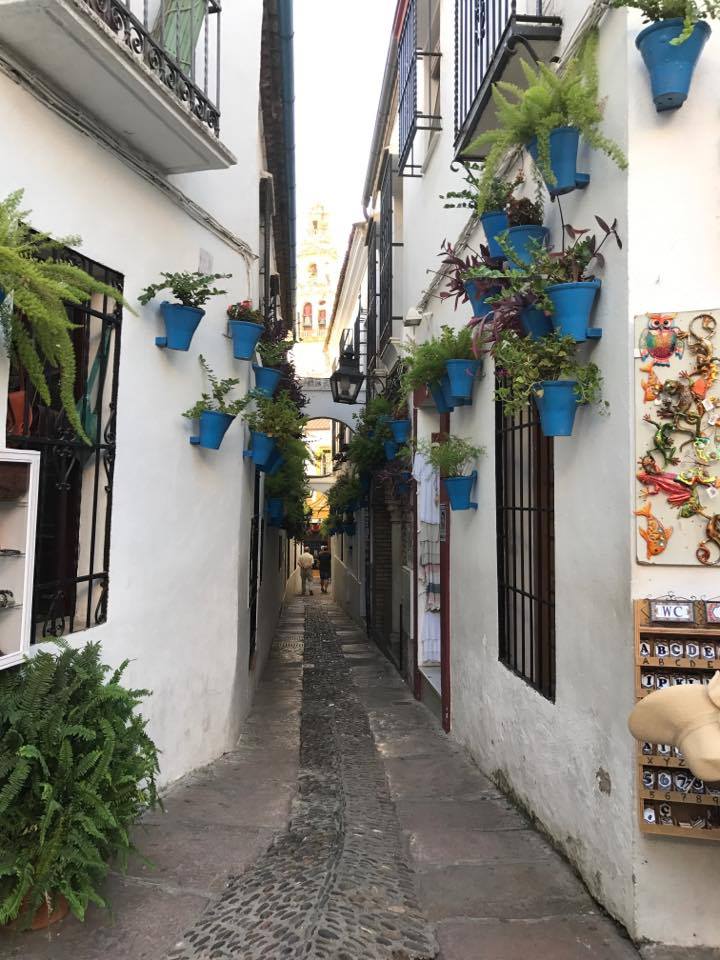 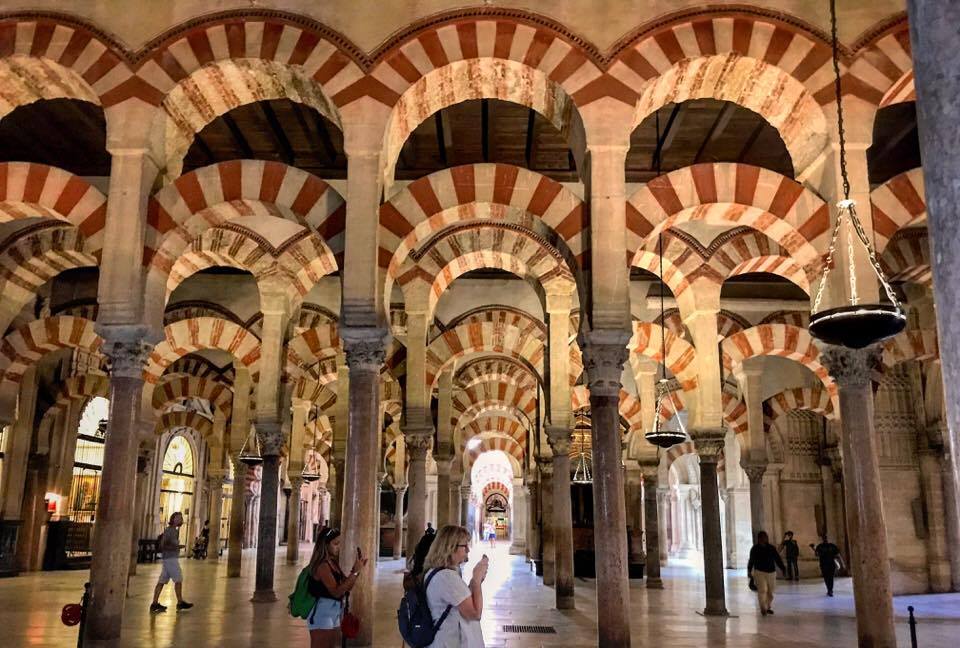 |
In Roman times, Córdoba had more cultural buildings than Rome. It was the capital of the province of Hispania Baetica. Remains of the Roman Temple built by Claudius Marcellus, the Roman Bridge and other Roman remains can still be seen around the city. Córdoba was conquered by the Moors in 711, and Moorish influence can still be felt in the city. The most important monument in the city is the former Mosque (the 3rd largest mosque in the world).
|
Please note: We will offer two more day trips during the semester which is TBD.
These activities will be offered throughout fall 2016:
- TBD

